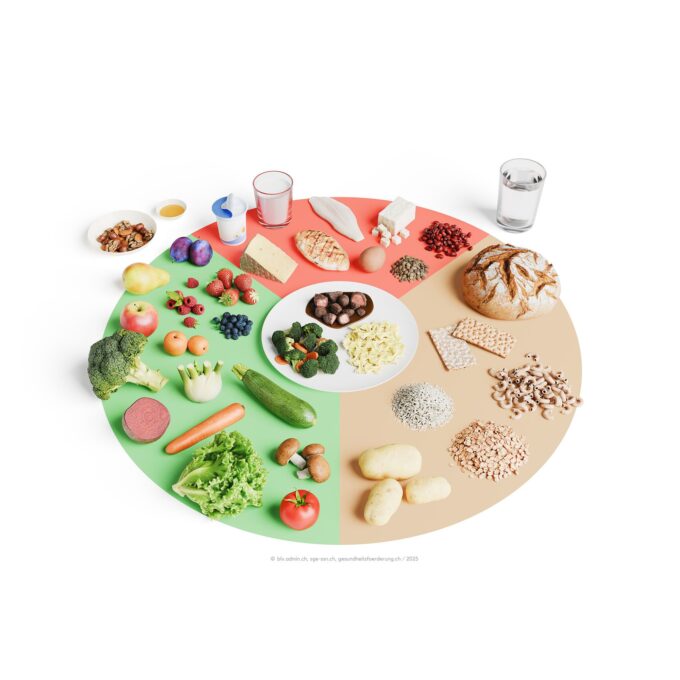More beautiful teeth thanks to augmented reality
In future, patients will be able to see what the result of a dental treatment will look like before the procedure. This is thanks to a "virtual mirror" developed by the ETH spin-off Kapanu.

Heavily worn, broken or discolored teeth are usually perceived as ugly. For this reason, many patients opt for cosmetic tooth reconstruction, for example with crowns or ceramic veneers. However, a change to the front teeth also has a major impact on the appearance of the face. So that patients can imagine what their new smile will look like, a plaster cast of the teeth is usually taken first. A dental technician then attaches the parts to be added using wax and produces a plastic model, which the patient can try out - a lengthy and time-consuming procedure.
Virtual try-on
It will be much quicker and easier in the future thanks to software that ETH spin-off Kapanu has developed: the "Kapanu Augmented Reality Engine". "This allows patients to see what the result of a tooth reconstruction will look like within seconds," says CEO Roland Mörzinger. This is possible thanks to augmented reality: in a live video, the patient's own teeth are superimposed on the virtual model of the new row of teeth. The virtual teeth are almost indistinguishable from the real ones - even if the person in the picture turns their head or speaks. What's more, unlike the wax model, you can try out not just one option, but as many as you like. This is because the teeth can be adjusted in length, width, color and shape with just a few mouse clicks. The patient can see in real time how this changes their appearance and can ultimately decide on the version they like best. Thanks to the virtual fitting, communication between dentist and patient is also easier: "Expectations can be better clarified from the outset and disappointments avoided," says Mörzinger.
Linking with 3D databases
In order to dynamically change the virtual appearance of the teeth, the software requires a database. This can be a database with 3D images of naturally beautiful teeth, such as those already used in the dental industry. The software calculates the data and displays various options, although these are not exactly matched to the patient's dentition. To make this possible, a 3D scan of the patient's dentition is also required.
Such scans are already made in some dental practices, either directly in the mouth with a special device or by scanning the plaster cast with a 3D scanner. Once the patient has selected their desired set of teeth using the Kapanu software, their data is fed into the dental technician's 3D software. The dental technician can then process the data and send it to a milling machine, which produces the dentures.
Text: ETHZ









